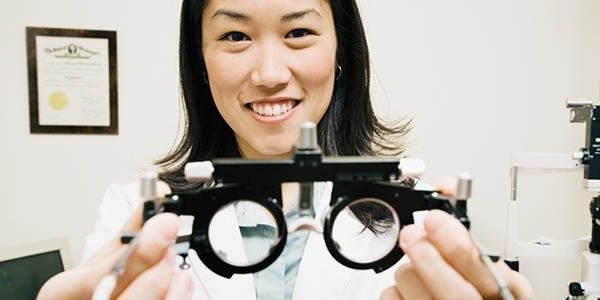How to treat nonverbal patients (C-100441)
Kathy Oxtoby asks how optometrists can communicate effectively with patients who cannot verbally communicate.
Domains covered
Professionalism
Communication
